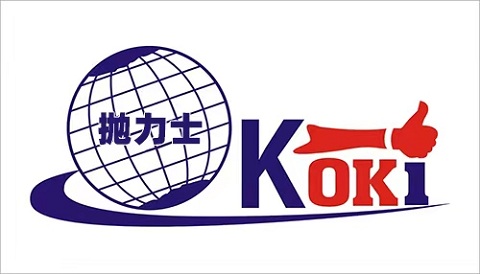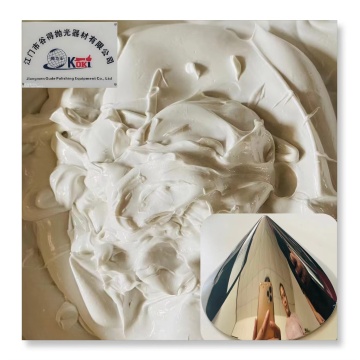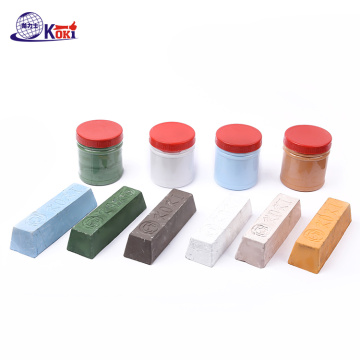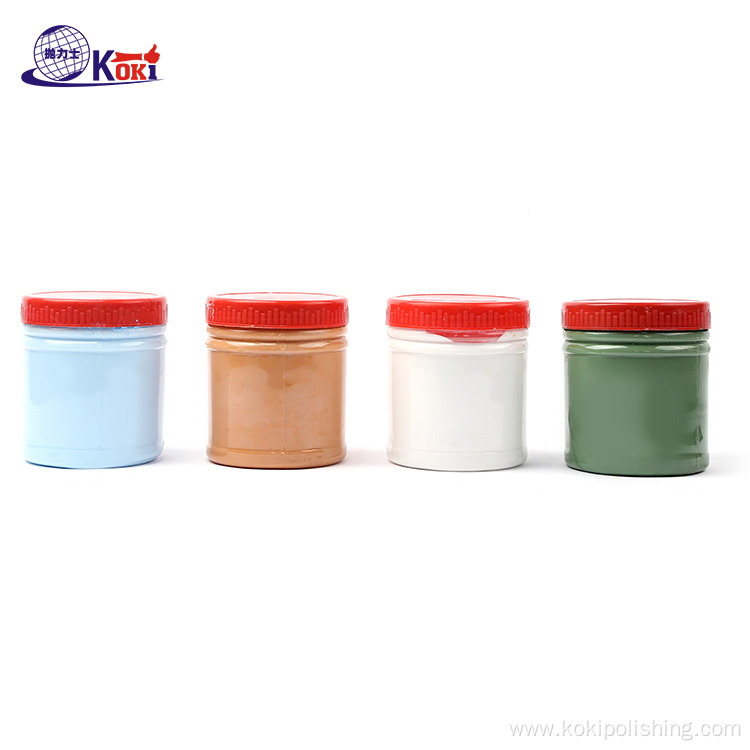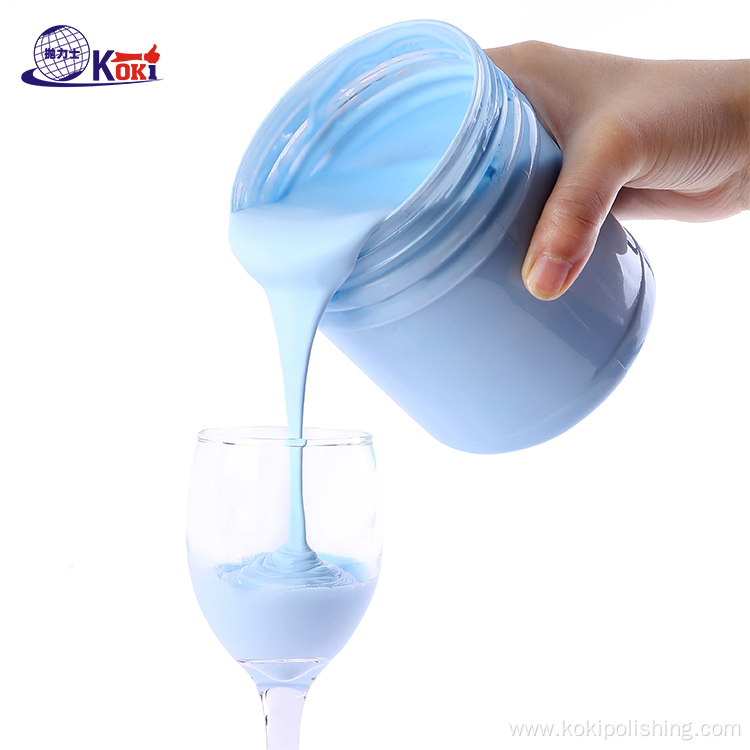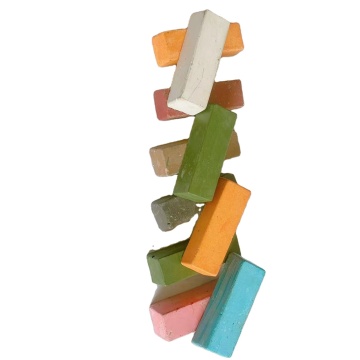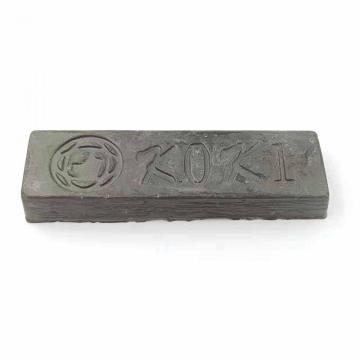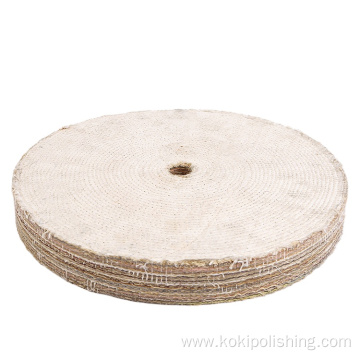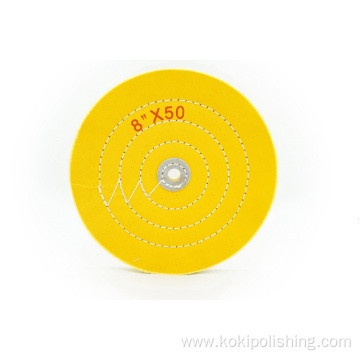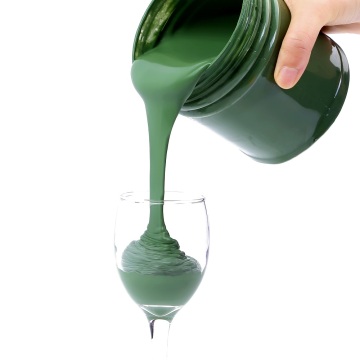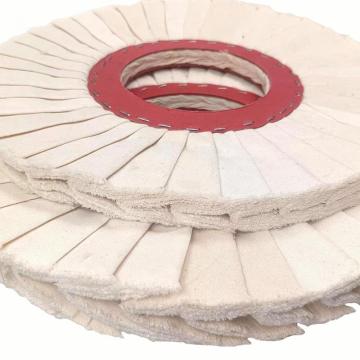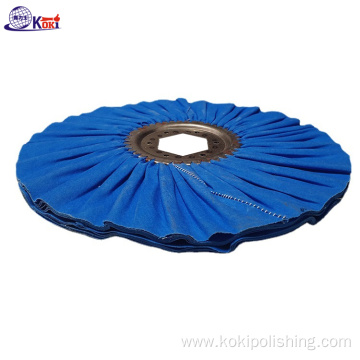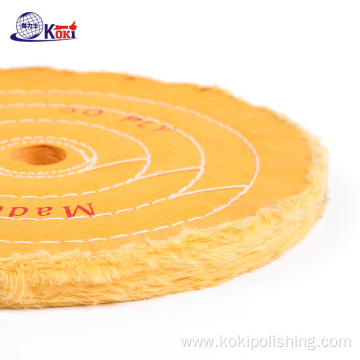Discussion on cotton Cloth Wheel Polishing
Among all grinding and polishing methods, cloth wheel polishing is a magical existence. Today we plan to introduce this unusual polishing method and discuss practical operating modes. What is cotton cloth wheel polishing Cloth wheel polishing is a polishing technique that uses a high-speed rotating polishing cloth wheel to remove grinding slurry and generate heat on the surface of the workpiece through friction. The surface hardness of the workpiece will temporarily decrease to a certain extent, and pressure will be applied at this time to significantly reduce the surface roughness of the workpiece. Although very traditional, it is very effective and economical, mainly used for metal materials. If the cloth wheel polishing technology is described in eight words, it would be as follows: "Friction generates heat and plastic deformation" The part of "heat generation through friction" does not need to be explained. What needs to be explained is usually the part of "plastic deformation". Take the clay that everyone played with when they were young as an example. Clay is a material that can easily shape itself by applying pressure to its surface, and this characteristic is called "plasticity". Materials with good plasticity can be easily shaped into various shapes. Due to the fact that the process of making rough surfaces smooth is also a form of changing shape, such characteristics are also utilized in polishing. Why does friction generate heat? Metal materials and thermoplastic materials only have lower hardness and better plasticity at higher temperatures. Therefore, in order to enable the material to smoothly change the surface shape of the workpiece through the application of external forces, friction heat generation is used to temporarily reduce the hardness of the material and improve its plasticity. If everything goes smoothly, you can see the process of easily changing the shape of the metal like clay. On soft metals with lower hardness, they can even be pushed back and forth like clay. About polishing machines What is a "polishing machine"? The so-called polishing machine is basically a motor, and then the polishing wheel is fixed on the motor spindle to rotate. In fact, there is not much difference between a polishing machine and a sanding machine. Friends who already have a sanding machine can directly install a suitable size of polishing wheel. If you want to buy a polishing machine, try choosing the longer the shaft, the better. A polishing machine with a short axis or a general sanding machine may be difficult to use when polishing large workpieces due to the impact on the motor casing. (The operable space is too small) Usually, the polishing machine used in the polishing workshop is floor standing, which drives a shaft as thick as a ball bat through a belt and opens a large hole in the center of the polishing wheel that matches this shaft. In general, a polishing machine is a fixed polishing wheel with a motor axis straight out. In addition, due to the friction of the workpiece against the wheel during polishing, the polishing machine must be firmly fixed on the ground or workbench. What are some things to pay attention to when using a polishing machine? It should be noted that the holes between the sanding machine axis and the grinding wheel, as well as the holes between the polishing machine axis and the polishing wheel, are not limited to a single size. However, in principle, they are all conventional sizes. Therefore, soft polishing wheels can enlarge the holes, and if the holes are too large, a sleeve can be added to the axis. (But a hard grinding wheel certainly cannot make the hole bigger) How to fix the polishing wheel on the polishing machine? There are two common ways to fix the polishing wheel of a polishing machine. One is the conical sleeve with screw teeth, commonly known as the "mouse tail". The advantage is that it can be directly inserted without the size of the pipe hole. The disadvantage is that there may be slipping teeth when polishing with a lot of force. Therefore, it is safer to lock the polishing wheel with a nut, but it is slightly more troublesome to replace the polishing wheel. Due to the large amount of dust generated during polishing, many polishing craftsmen use cardboard to make appropriate baffles. About polishing wheels A polishing wheel is a type of grinding wheel composed of various fabrics or fibers. Unlike various grinding wheels commonly used for grinding and polishing, the polishing wheel itself does not contain any abrasive material, so it does not have any grinding and polishing effect. The most important aspects of a polishing wheel in practical use are its hardness and density. As the polishing wheel becomes stiff due to centrifugal force during rotation, the resistance to friction with external objects is called hardness. A high hardness cloth wheel is equivalent to using force to press sandpaper against the surface of the workpiece for grinding, while a low hardness cloth wheel is equivalent to using slight force to grind. So the density of the stitching thread on the polishing cloth wheel of the same fabric will affect the hardness, and a part of the stitching thread can also be removed to create a softer version of the cloth wheel. For some people who have no concept at all, you can choose cloth wheels with different hardness to form a complete set of "coarse, medium, and fine". From high hardness to low hardness, they are: flat hemp wheel, sewing thread flat cloth wheel, and no sewing thread flat cloth wheel. About polishing wax The abrasive material in polishing wax generates heat due to high-speed friction with the surface of the workpiece. Although the abrasive itself has the ability to cut the workpiece, the grinding effect it can produce is very limited due to the fine scale of the abrasive material in the oil soil. It is generally best to understand it as a tool used to manufacture frictional heat. Although the abrasive in polishing wax has a specific thickness, the effect that a polishing wax can produce can vary over a large range. Therefore, we basically do not indicate the thickness of the polishing wax. In this case, the most accurate way to judge is to actually use it for grinding. Of course, the thicker the polishing wax, the greater the destructive power it can produce. There are generally several methods that are not absolutely correct but can be used as a reference to distinguish thickness, without spending money to buy: 1. The larger the packaging quantity, the thicker the (large strip) oil soil is usually considered, because all grinding and polishing consumables are thicker, and the larger the usage. The higher the unit price (usually smaller bars), the finer the grinding material, as the production cost of the finer grinding material is higher. Basically, it is completely free to match the hardness of the polishing cotton cloth wheel with the thickness of the polishing wax. In addition, the force of the workpiece friction cloth wheel can be changed over a large range (with your hands). Therefore, according to the principle of cloth wheel polishing, which is "friction generates thermoplastic deformation", corresponding adjustments can be made without being too rigid in finding the "correct" combination
14 May-2024

